Women are still being paid less than men in the US
The United States criticizes most countries on the issue of equality, lavishing itself with praise on issues of women and gender equality, yet American women are still less like to get a job than men.
Washington claims it believes in gender equality and equality in the workplace. However, despite years of rhetoric, it has not been able to close the gender pay gap in different American industries.
Women are still being paid less in the US for doing the same job, with the same qualifications and experience.
American women are still less likely to be hired than men. African American women are disproportionately paid less than men and hired for lower paying jobs.
The gender pay gap refers to disparities in earned incomes between men and women for doing the same work. The Equal Pay for Equal Work movement started in the 1860s but it wasn't until 1963 that Congress passed the Equal Pay Act.
Then President John F. Kennedy said, after signing the bill into law, that paying men and women different wages for the same work was an unconscionable practice and added that the average woman worker earns only 60% of the average wage for men.
Almost 60 years later, this wage gap has narrowed, but women still earn less than men for doing the same job in the United States.
On average, since 2020, women have earned 83% of what men have earned. So for every dollar a man makes a woman with receive only 83 cents.
There many who are skeptical that a gender pay gap actually exists even though extensive research shows it to be real.
Only 61% of men believe that men make more than women for performing the same jobs. But the reality is that US women working full time earned just 80 cents for every dollar men earned in 2016.
And the gap is even worse when broken down by race.
According to the United States Census Bureau women on average earn 83 cents for every dollar earned on average by men in 2020.
This was the most recent data the Census Bureau has released and shows the 17 cent difference has a considerable impact. If there were no pay gap, working women would have received close to $10,000 more per person annually.
Gender based pay discrimination has been illegal since 1963. But it is still a common practice in the United States.
What is the gender pay gap and how does it pertain to the United States?
Well, the gender pay gap is, essentially, it's a form of discrimination where women are doing the same work as men, the same number of hours as well as the same qualifications as men, but are paid less.
So for the past 30 years, there has been a lot of improvement. Though, recently there's been a stall in the progression of women. And currently, women are making on average about 83 cents on the dollar that a man would make in the same job. ... if you're an Asian Pacific Islander, ... you make about 75 cents on the dollar.
Black women make about 63 cents on the dollar. Latino women make about 54 cents on the dollar. Native Americans make about 51 cents on the dollar.
And if you're a working mother, you make about 58 cents on the dollar. So it's really more complicated in the broader view you get when you get down to it.
Cory Clark, Freelance Reporter, Philadelphia
A PEW research analysis in 2021 indicated that the gender pay gap has been relatively stable in the past 15 years. So there has been no real progress in this long period.
On average, women have to work an extra 42 days per year to earn what their male co workers earn; almost two months extra work.
This discrimination is much worse for African American women. On average, African American women receive about 62% of what men earn and Hispanic women receive less than 55%.
What is the condition of minority women especially African Americans in the gender pay gap?
African American women are definitely on the lowest scale as it pertains to the pay gap and about regular jobs that people do now you do have some that of course are career women.
You know, like the Oprah Winfrey's what she's a mogul. You may have a few who are attorneys and so forth. But the regular status is black women still are underpaid.
And this is one of the things that we've been fighting against for a long time, for parity and equity as it pertains to money and the pay scale that black women are supposed to have.
Black women are still on the lower level as it pertains to monies that they receive per job, career or otherwise; black women still rank on a lower scale.
Gale Frazier, Educator and Activist
The pay gap also depends on the individual’s age. The smallest pay gap is for women aged 20 to 24 who earn 89.1 cents for every dollar their male counterparts earn.
The gap increases over the course of the woman's career, and is widest for women between 55 and 64, which shows the long term effects of direct and indirect discrimination that have been compounded over time.
What I see a need for is more focus on being paid for the quality of work that you're doing. So a man or woman, a man or woman they're going to be doing different quality of work. In terms of what they bring to the team experience skill set, and you should be paid accordingly for that and the transformation that you're making to the company.
So I don't agree with paying them the same regardless of what's happening, cannot be equal across the board.
You have to take into account what is the job you're doing, your experience, your qualification, the value you bring into the organization, that change for sure.
Kirsha Campbell, Economic Analyst, Alberta Canada
It is not just the pay gap that is a problem for women.
Women, especially African American, Hispanic and Native American women, tend to be hired in lower paying jobs, jobs that they are forced, at times, to do out of desperation since these women will not be hired for any other job.
The COVID 19 pandemic also had a devastating effect on the women in the work force. According to the National Women's Law Center, there are still more than 1 million women missing from the work force.
What demographics does the gender pay gap affect the most?
The gender gap for black women is about 64 cents, that is, 36% lower than for white, non Hispanic men in the United States.
Ironically or perhaps not ironically but just as importantly it turns out Hispanic women earn even less on average than black women.
They earn 57 cents for every dollar earned by a white, non Hispanic man. And if we look at the situation of discrimination and demographic conditions, we would find that white non Hispanic women earned 79 cents for every dollar earned by white non Hispanic men.
Professor David Barkin, Metropolitan Autonomous University
Since it is more likely women will work fewer hours so that they would be able to carry out care giving and other unpaid duties, it is more likely for them to work part time, which results in lower hourly wages and fewer benefits than full time work.
General discrimination also plays a definitive role, especially in workplaces where open discussion about wages is discouraged and employees are afraid of retaliation by their employers should they reveal the terms of their employment.
I read somewhere that 37% of women have had another person take credit for work that they did, which is incredibly unfair. Obviously the pay gap in and of itself is incredibly unfair.
There's a lot of work that they're doing that they're just not recognized for, you know, like diversity, you know, equity and inclusion work that they're not being recognized for in their evaluations. You know, the fact that the predominant amount of work at home is put on women is incredibly unfair.
There's a whole host of things that make the workforce incredibly unfair and unwelcoming to women. They are denied a lot of advancement in spite of doing more work, oftentimes, than their male counterparts are expected to do.
Cory Clark, Freelance Reporter, Philadelphia
Experts believe there are many factors that drive the gender wage gap. Differences in industries and jobs impact the wage discrimination.
For instance, jobs that historically hire majority female workforces, such as childcare workers and home health aides, usually offer lower pay and fewer benefits than the so called men's jobs which are jobs with majority male workforces, like jobs in building and construction.
Does earning less mean women are more likely to get hired?
Well, you know, that's a very good question because that notion has been floating around. That's the reason why, but again, I'm going to stick back because a lot of things here in this country are created around racial lines.
So, it is intentional in many cases that you would choose to hire, in this particular case, a black woman over a black male. And that has been, historically, how they've operated.
And so as a result of that, yes, many times offers for jobs and so forth will go to the black woman, as opposed to go into the black male, because that is a part of their overall plan to keep black men at a lower scale, and so, yes to your point, that does happen quite often and is problematic for many families.
Because even when that is the case, black women still do not make, by and large, the same amount of money as their white counterparts.
Gale Frazier, Educator and Activist
According to the US Census Bureau, The United States has the world's highest rate of children living in single parent households.
A quarter of American children under the age of 18 live with one parent and in 80% of these cases, the single parent is the mother.
Statistics show that four out of 10 children were born to unwed mothers and one in six to children under the age of 18. A total of about 12.7 million are being raised without a father.
As a single mom, you just have less money in your wallet. There's just less money to purchase goods for your family, for yourself, you know, goods and services as you need to maintain your family and again, it depends on how you are impacted by the gender (pay) gap.
But if you are definitely impacted in a negative way, where you are paid less for the job you're doing, then of course you have less spending power as a single mom.
If it is on the flip side, then of course, it's going to be again depending on your specific situation.
Kirsha Campbell, Economic Analyst, Alberta Canada
The problems of single motherhood compounded by the gender pay gap and the difficulties inherent in obtaining a suitable job due to caregiving obligations, leaves many American women in a volatile situation.
So not only are women often left with the duty of caring for their children, finding a job would become more difficult for them.
And even when they are lucky enough to find a job they would be paid less for the same job as their male counterparts.
Single African American mothers have a more difficult situation because they would get paid even less than white women.
Does this mean American women expected to work more for less pay?
You know, where women in particular oftentimes are expected, and they do even when you carry you know the fact that many of them, of course, have families so you're working excessive hours in the workplace, and then you also are working when you go home.
And so that, of course makes for a very long day. Because you also have to take care of your children and you have to be responsible for the care of the family.
And of course as that's translated over into the workplace, that adds on some more pressure and more problems both at home as well as in the workplace.
Gale Frazier, Educator and Activist
Mothers who are able to find a full time job are usually paid 69% of what a father makes. Mothers receive lower salaries than not just fathers but other women as well. This is even if the mother had never left the workforce.
Many workplaces are still following a model that assumes a worker is not a primary caretaker. The other issue that affects mothers most is the lack of paid family medical and sick leave.
If they don't have a partner to rely on when emergencies arise they lose not only the money that they would have gotten when they went to work, because America doesn't allow for paid family leave, or paid emergency leave.
But they're doing literally double the work of a single man because we have this burden of child rearing, and I'm not saying child rearing is a burden, it's one of the great pleasures of my life, but it is a burden in the sense that they're left to make do with a low income and that's something that has to improve.
Cory Clark, Freelance Reporter, Philadelphia
Experts are expecting the gender pay gap to widen because of the economic difficulties that are a result of the COVID 19 pandemic.
Although women in the United States face discrimination in their salaries in all industries, there are some industries where the pay gap is wider. According to PayScale, which is a compensation software and data company, uncontrolled pay gap among 15 Industries is largest in five industries.
Lakeisha Brown is a single mother of two. She and her ex husband divorced six years ago.
My husband took care of paying the bills. I worked, I worked full time, we had compatible careers, but he paid the bills and I did mothering and taking care of the house at home.
Lakeisha Brown
Since their breakup, sharing parenting responsibilities more evenly has allowed her to reach new financial and career goals as a human resources executive.
This was an opportunity for growth for me it was an opportunity to make more money.
Lakeisha Brown
A recent survey shows single mothers with a 50/50 Parenting schedule are 54% more likely to earn at least $100,000 a year than those whose kids are with them most of the time.
What is holding back single moms from earning more?
There is a lot of pressure on moms to be the primary parent. So we know that in 80% of separated families where the parents live separately, whether they were married or not, the mom is a primary custodian according to US culture.
Today working women in the US typically earn 82 cents for every dollar a man makes, mothers make just 75 cents for every dollar paid to fathers, and single mothers, and they only make 54 cents for every dollar a married father makes.
They're not getting the support that they need and it might not just be financial support. It also could be time to focus on returning to school, professional development, and even networking.
PayScale collected the salary information from close to a million Americans between January 2020 and January 2022 in order to determine the disparities between men and women in different industries.
The largest gender pay gaps are evident in the finance and insurance, agencies and consultancies, healthcare, transportation and warehousing, and in nonprofits. It is interesting that most of these industries have more women employees than men.
Are women being treated unfairly in their jobs in the United States?
Sexism is always an issue, because of the overall view of how people look at women in general. You know, sexism is always a major component in a lot of the workforce.
And when you work with individuals, because this is a white supremacist society, when you work with individuals who have that white supremacist mindset, they look down, in many cases, on women, they look down on their own women.
And of course, they definitely, if they look down on their own women, they look down on others that are not Caucasian. So that is still a major problem within this country relative to how women are viewed in the workplace, whether you're in a workplace where they're majority men, and you happen to be maybe the only female there, or there are a small number of women in the in the tech fields of technology or engineering and so forth.
Then, of course, most often women are scorned and looked down upon. So this is commonplace here. Yes, it is.
Gale Frazier, Educator and Activist
The most astonishing finding of the research by PayScale is that when women pursue an advanced degree, the pay gap holds and in some cases it even widens.
PayScale found that the widest uncontrolled pay gap is for women with MBAs who make only 76 cents for every dollar earned by a man with an MBA. However, women with a law degree see the smallest pay gap by earning 89 cents for every dollar earned by men with law degrees.
I think that the problem with the word "unfairly" has to do with "is discrimination unfair?" Yes, discrimination is unfair.
Women are discriminated against because they are women. They are discriminated against because the institutional structure in the United States is very unfair to women. And also because within the demographics of the United States, people of color, people of Hispanic origin, and Native Americans, are particularly treated unfairly.
And they have less protection under the law for the problems of sexual harassment and other kinds of physical mistreatment.
And so yes, it's very, very clear that women aren't treated fairly, but it is a very complex multi dimensional problem, which is very deeply rooted in the current "culture" in the United States.
Professor David Barkin, Metropolitan Autonomous University
Women have been fighting for their rights for decades in the United States. In the United States, where families are diminishing and divorces are on the rise, single mothers are finding it very difficult to make ends meet.
They face the difficult task of dividing their duties at work and caring for their children, as well as discrimination in finding and keeping a job and receiving less pay compared to men for the same job.
Now if you're an African American woman, you would have to add racial problems to those mentioned and realize it is very difficult to be an African American woman living in America.
‘All wars have rules. All of those rules have been broken’ by Israel
VIDEO | Report flags India’s violation of rights of Rohingya detainees
Turkey's foreign minister meets Syria's de facto leader in Damascus
'Next to impossible' to rescue patients from Gaza's Kamal Adwan Hospital: Director
VIDEO | Vietnam current prosperity
Report blames gasoil exports for shortage at Iranian power plants
VIDEO | Hind Rajab Foundation names Israeli war criminals vacationing after Gaza genocide
VIDEO | Australians rally for Gaza ahead of Christmas festivities


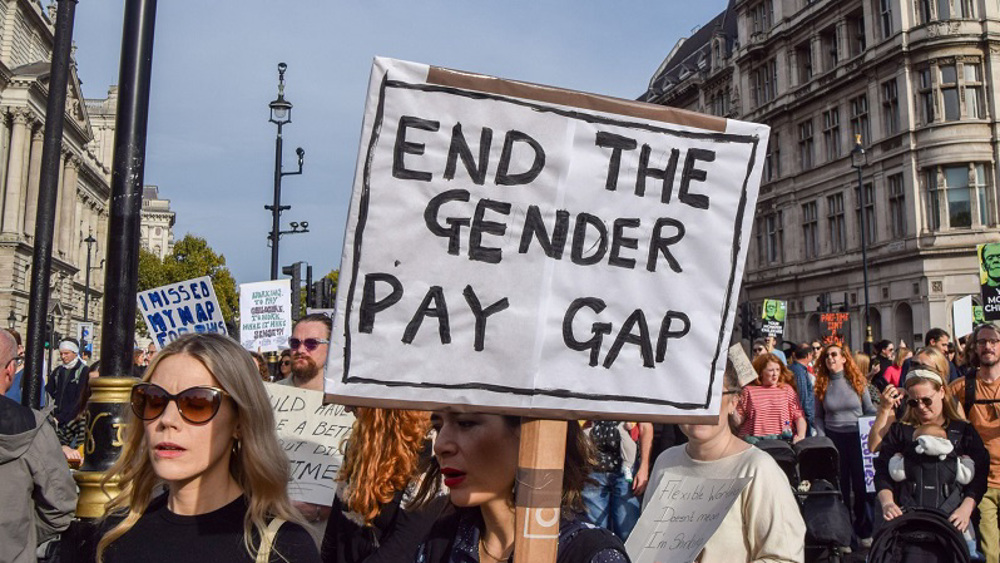

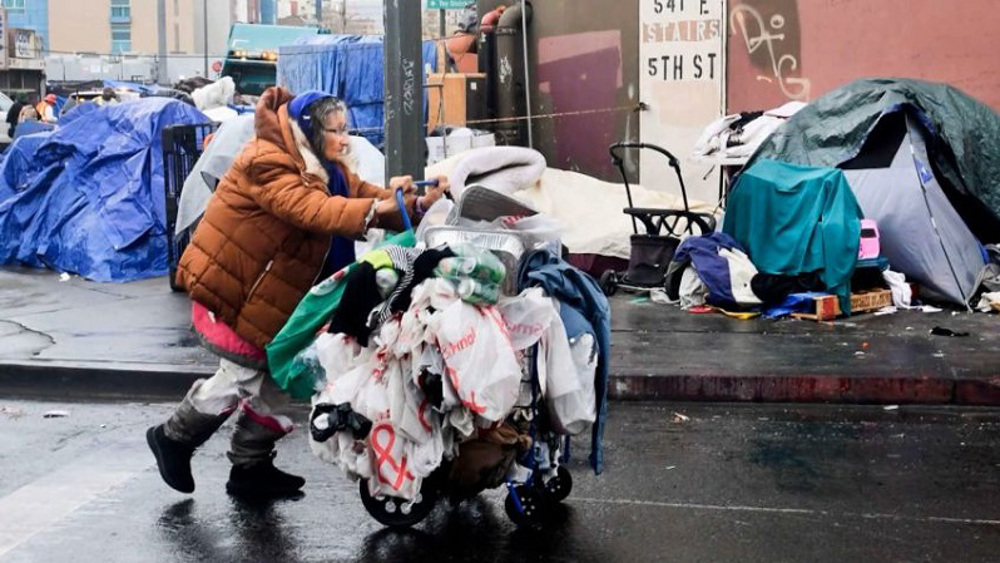

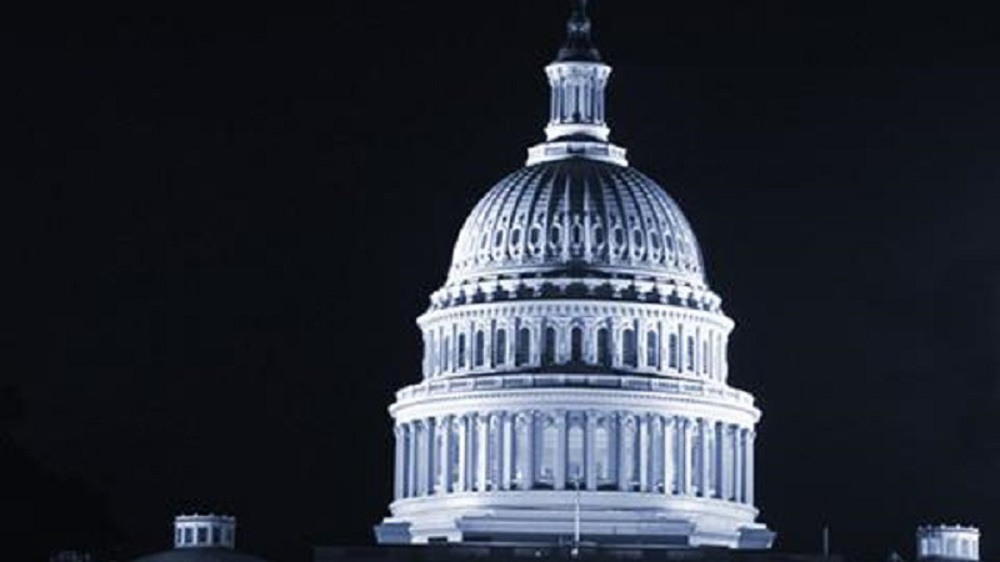



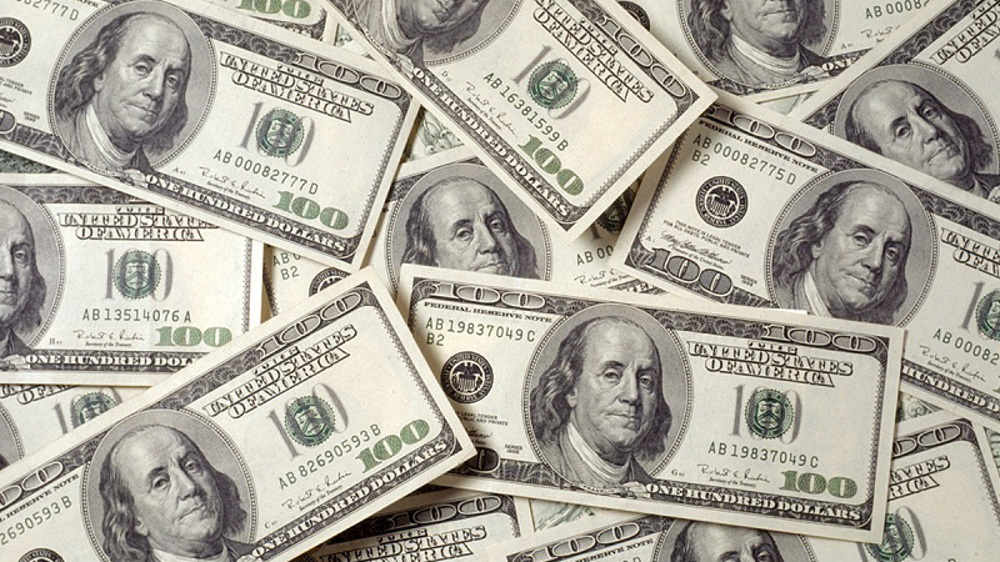
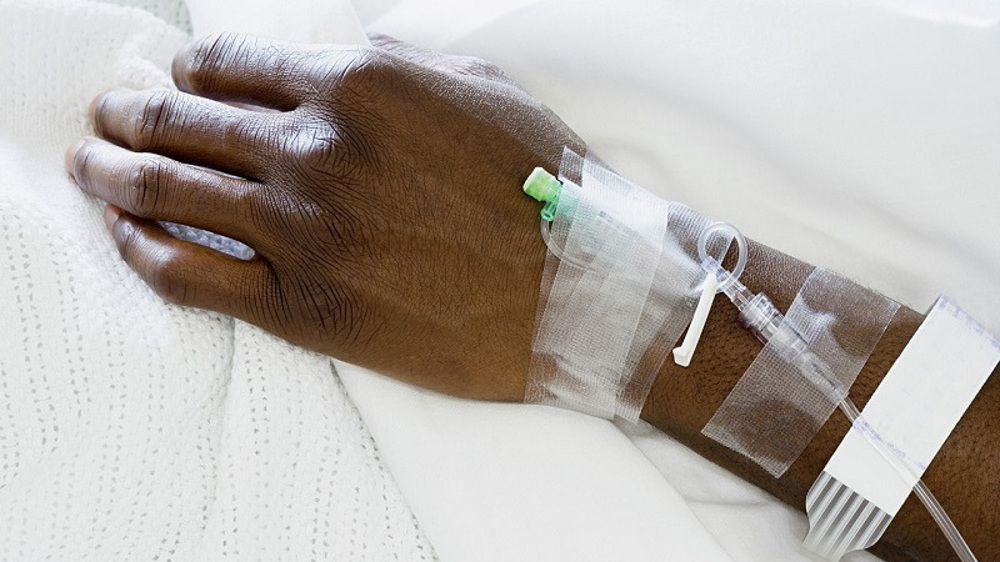
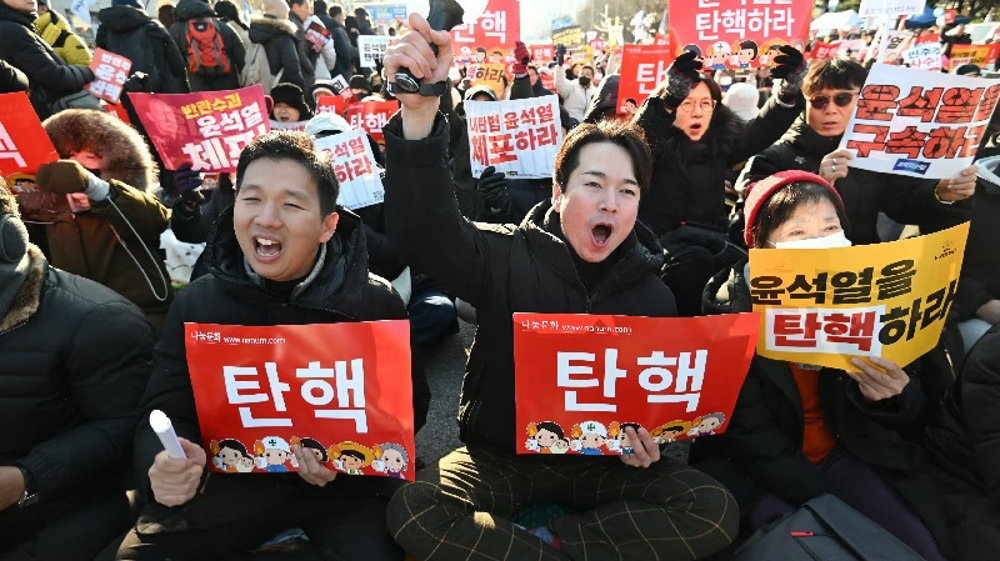





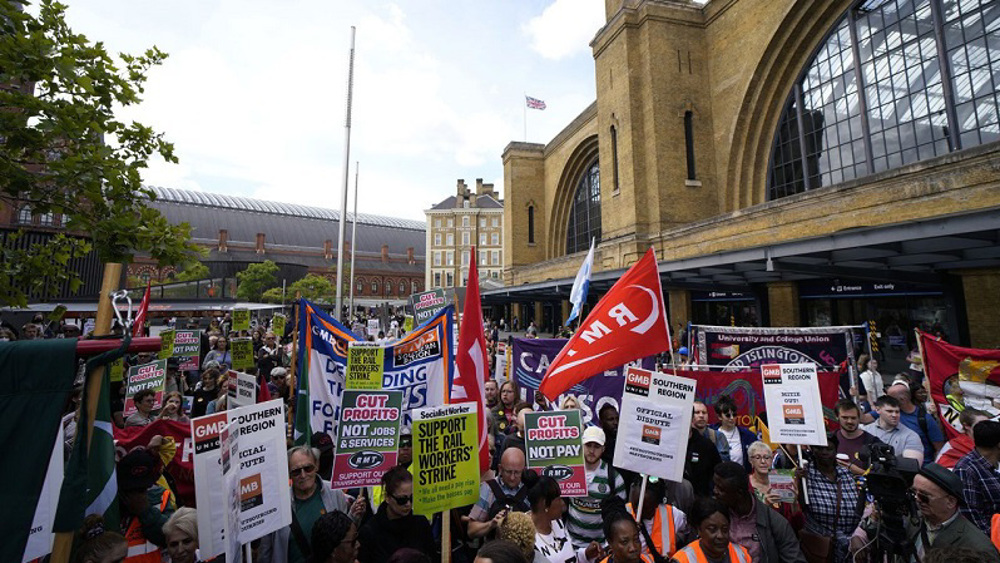





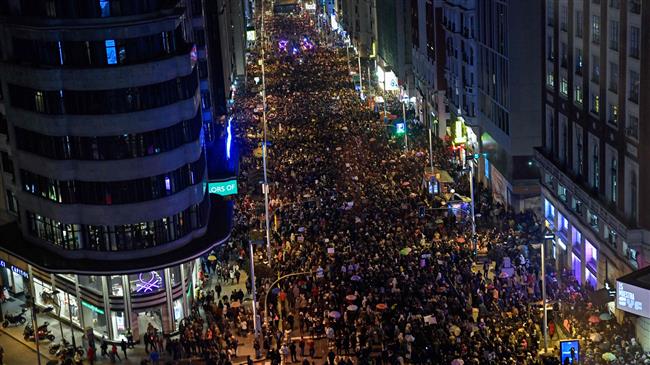

 This makes it easy to access the Press TV website
This makes it easy to access the Press TV website